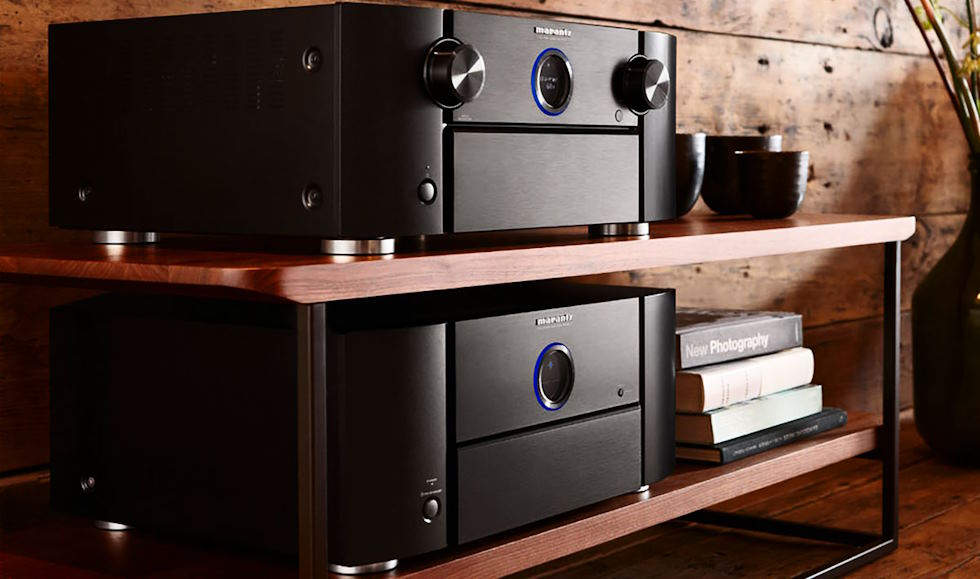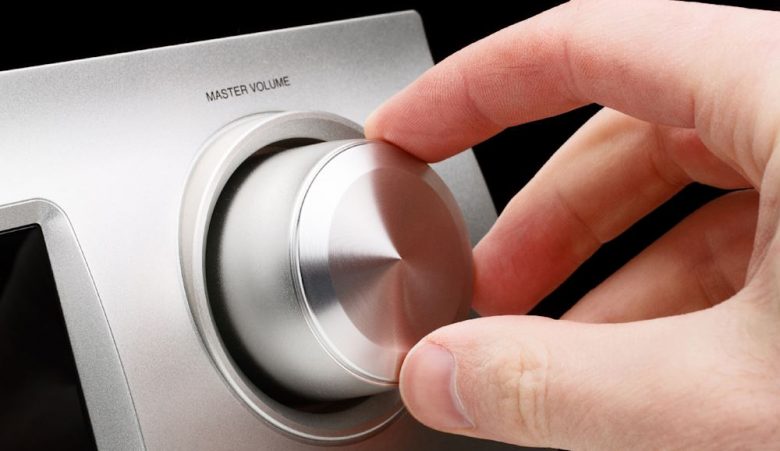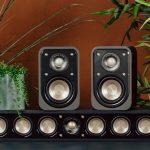In the immersive realm of home entertainment, the audio experience plays a pivotal role in elevating the viewer’s engagement. At the heart of this auditory journey lies the Audio/Video (AV) receiver, a central hub that orchestrates and amplifies the sonic landscape of movies, music, and more. When delving into av receiver reviews, it becomes evident that one frequently misunderstood or disregarded element is the amplifier power—a pivotal metric that plays a key role in shaping the audio prowess of these systems.
Role of Amplifier Power in AV Receiver Performance
Power Requirements for Different Speaker Setups:
The backbone of any audio system lies in the synergy between an AV receiver and its connected speakers. Understanding the power requirements for diverse speaker setups is crucial to unlocking their full potential. Bookshelf speakers, floor-standing giants, or surround sound configurations each demand specific power levels to deliver optimal performance. In this intricate dance between amplifier and speaker, an awareness of the unique power needs of your audio components ensures that the system operates harmoniously, avoiding underpowered pitfalls or the risk of overpowering delicate setups.
Matching Amplifier Power to Speaker Sensitivity:
Precision in audio reproduction hinges on the delicate balance between amplifier power and speaker sensitivity. Matching the amplifier’s wattage to the speaker’s efficiency (sensitivity) is akin to tuning an instrument before a performance. Too much power can lead to distortion, while insufficient power may result in lackluster performance. Finding the sweet spot ensures that the amplifier drives the speakers with just the right amount of energy, optimizing the potential for crisp and accurate sound reproduction across the entire frequency spectrum.

Factors Affecting Amplifier Power
Impedance Matching and Its Role:
Impedance matching stands as a cornerstone in the seamless interaction between amplifiers and speakers. Matching the impedance of the amplifier to that of the connected speakers ensures an efficient transfer of power, preventing potential damage and optimizing performance. Neglecting this critical factor can lead to a mismatch, hindering the flow of power and compromising the fidelity of the audio signal. Understanding the impedance characteristics of both amplifier and speakers is, therefore, paramount for achieving a harmonious and effective power transfer within the audio system.
Distortion Levels and Their Impact on Performance:
Distortion levels act as the silent saboteurs of audio quality, creeping into the sonic landscape when amplifier power is mismanaged. The relationship between amplifier power and distortion is delicate – too much power can result in clipping and harmonic distortion, while too little can introduce noise and signal degradation. Delving into the nuances of distortion levels sheds light on the importance of striking a balance, where the amplifier delivers sufficient power to the speakers without compromising the integrity of the audio signal.

Choosing the Right Amplifier Power
Assessing the Needs of Your Audio Setup:
Before delving into the vast sea of amplifier options, it’s essential to first understand the unique requirements of your audio setup. Consider the size of your room, the type of speakers you own, and the nature of your listening preferences. A meticulous assessment allows you to tailor your amplifier choice to match the demands of your specific environment, ensuring that the power delivered aligns seamlessly with the intricacies of your audio components.
Factors to Consider When Selecting an AV Receiver Based on Power:
The journey towards the perfect amplifier involves navigating through a myriad of technical specifications. Consider the power output per channel, impedance compatibility with your speakers, and the overall design of the AV receiver. Additionally, contemplate features like multiple HDMI inputs, support for various audio formats, and room calibration technologies. These factors collectively contribute to the holistic performance of your audio system, transcending beyond mere wattage to enhance your overall listening experience.










